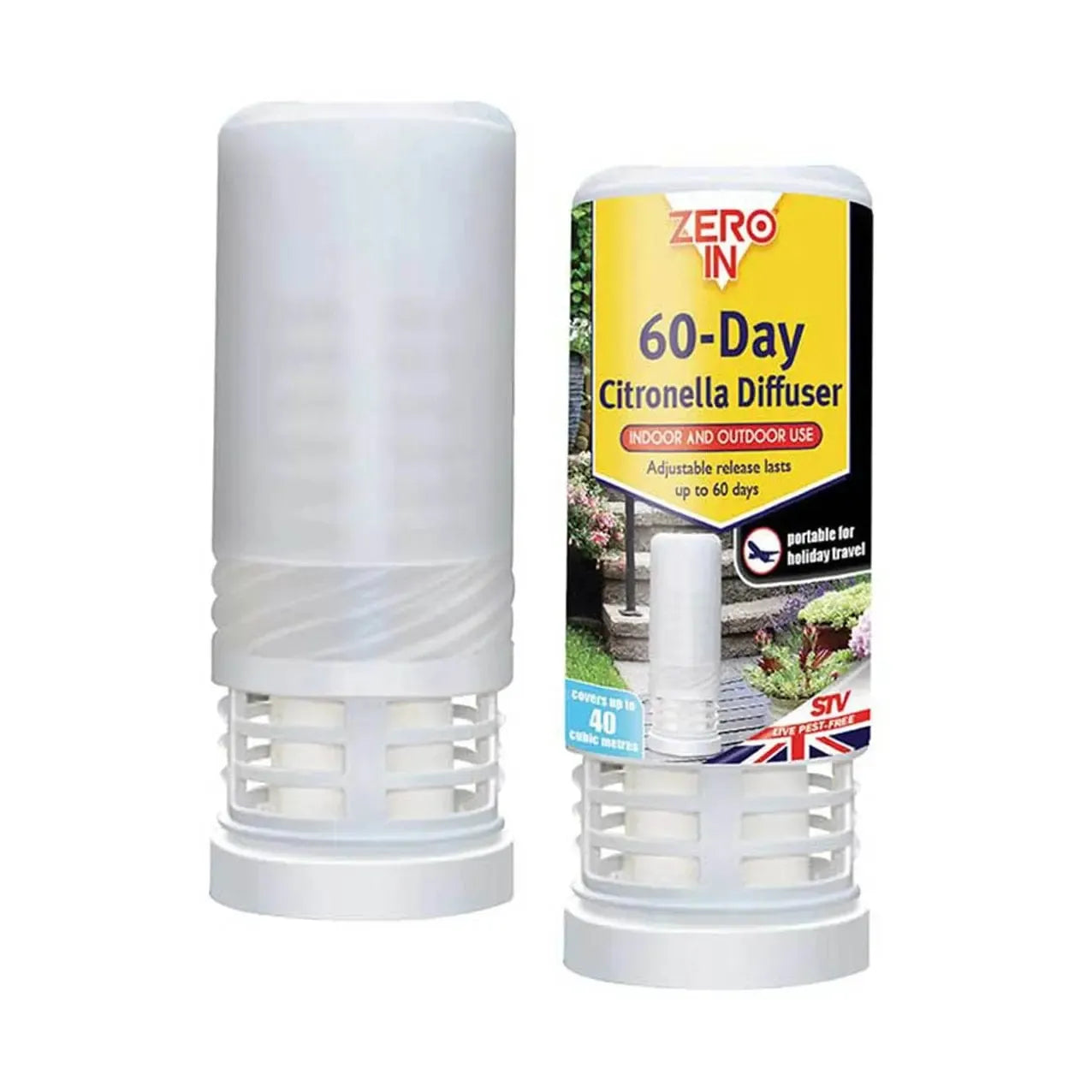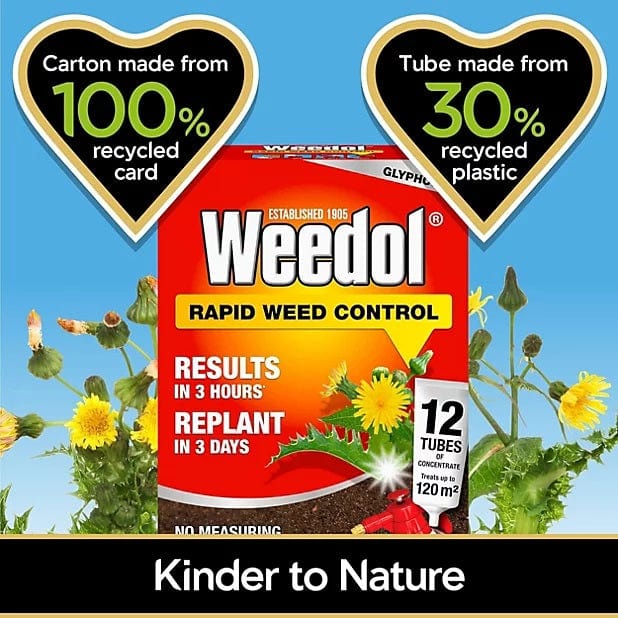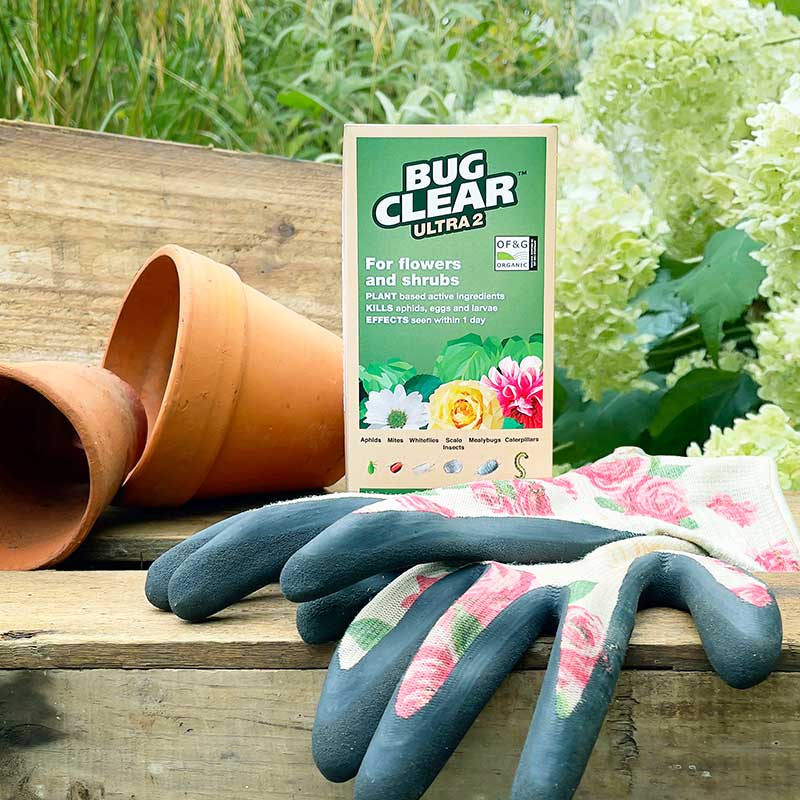Designing a Beautiful Flower Bed
- 〡
- 〡 by Fitfit Garden

Flower Bed Ideas to Brighten Up Your Yard
There are hundreds of great flower bed ideas that can be tried by home gardeners, whether you have a small front yard or a really large outdoor space. But standing in the middle of an empty area can make it pretty tough to decide what you want. This guide will help you get started and hopefully give you some ideas that will make your choices easier.
1. Narrow down your colors
If you're stuck for a choice, choose two or three colors to narrow down your options and bring harmony and harmony to your garden bed. If you're having trouble sorting some, look at the color wheel and choose a range of complementary colors or similar colors, that is, colors that stand right next to a color on the color wheel or are on either side of a color on the color wheel, respectively.
The true beauty of a garden bed is in more than just its colors, so you might choose a brighter flower color than you would painting your bedroom. To reduce the brightness of the colors, you may add some white flowers.
2. Use all colors at hand.
If you do have a plant you love that doesn't match your color, just go for it and plant it. You are more likely to take good care of plants you really like than to go through extra work for something which only matches your colors. You can surprise your neighbors with a mix of bright colors that make you happy. This can include royal purple violets, bright blue hydrangeas, sunny yellow daffodils, and even some Barbie pink tulips all in one garden bed.
3. Do monochromatic things.
Want some color but do not want to use too many colors? Try a monochromatic look with different shades of one color.
4. Plant tall growths.
A nice garden should not be centered around just one main attraction; instead, it should direct your vision in different ways. Tall plants such as shrubs or hedges raise your visitors' heads off the floor to eye level.
5. Plant perennial flowers to eliminate yearly planting
Want to dig fewer holes in the ground next spring? Take a look at the perennial page of your nursery catalogue. Perennials are flowers that come back year in and year out. Annuals, on the other hand, pop up in the spring, bloom all summer, and are gone by fall. For a little more commitment but not too much, consider biennials. They come for two seasons of growth but might not bloom every year.
6. Annuals should not be under-rated, though.
Yes, you'll want to buy them again next year. But if you use annuals in a clever way, you can minimize how many new plants you will buy. Think of the best places to add annuals-such as flower pots by doors, patios, decks, and other places where they'll be seen, are easy to change, and make your home look better.
7. Provide self-help information.
But nothing makes a garden say "That's my garden" like DIY touches. Like hanging old mirrors from the basement along the fence to reflect the nearby garden. Or using an old, dead tree as a flower pot stand. Use things you already have, but also look at your local thrift stores, yard sales, garden centers, or antique shops. You could find special, strong items that can be left outside and still look good.
8. Garden beds for growing vegetables.
We love a beautiful flower bed, but you harvest your flower garden as a dish, not for your salad. However, a vegetable garden can add a lot of green life to your garden, with the added benefit of a lower grocery bill. But building garden beds is a bit of a DIY project and a lot of work, as it requires hauling lots of soil to the site and digging long slabs. Let's be together.
9. Try a container garden.
You can't put your plants in one location, or you don't have a place where you'd plant flowers in the ground but really need to try some small flower bed ideas. For such cases, your best option would be a container garden and can even use nice materials like terra cotta, ceramics, or stone. But seek out something other than a flower pot. Go out to your garage, basement, or a local thrift store and get one. You can poke some small holes in it for drainage if you want to. Keep in mind that your container garden is not limited to flowers. Using flower pots to plant edible plants can enable you to have your vegetable garden right on the porch for easy use at dinner time.
10. Line up your edges
Keep clear borders between your garden bed and your front yard (or any other areas you want to separate visually). You can do that with a path of pavers, a low stone or brick wall, or even wood borders.
14 Secret Tricks and Tips for Gardeners
Experienced landscapers utilize these tools and techniques as part of their efforts to efficiently complete yard and garden jobs. Apply their concepts for more effective expenditure of your gardening time and money.
1.Get a tarp.
Use a tarp to move light debris such as leaves, weeds and brush. Use it to hold the soil while digging the hole to keep the lawn clean. Use it to cover the plants in the back of the truck when driving home from the nursery.
2.Use weed fabric strategically.
Landscape fabric is useful under gravel or mulch walkways because it helps prevent the material from sinking into the ground. Don't use weed barrier fabric where plants are growing. It gives a false sense of accomplishment until the weeds begin growing in the mulch on top of the fabric.
3.Draw a boundary.
Instead of buying plastic or metal borders, create a natural edge around garden beds. Edging gives the yard that special look, but a natural edge will be so much easier to maintain with time and allows for more changes to the yard.
4.Use fresh fertilizer.
Use a starter fertilizer every time you plant something. Starter fertilizers help new plants grow faster, especially those with low nitrogen and a bit more phosphorus, and most importantly mycorrhizae, helpful fungi. These fungi increase the area in the soil where plant roots can find nutrients. A good starter fertilizer along with good planting techniques is a sure way to succeed.
5. Buy judiciously between loose and packaged.
Choose well between buying mulch, soil, or stone in bulk or bagged. Buy in bulk when delivered to an area where it may be spread directly. Buy bagged when transported after delivery. And both of these strategies will save time, work, and money.
6.Garden Tools
Buy only good quality tools. Quality tools may be expensive though, something too costly for some budgets when doing some DIY over the weekends. Cheaper tools often break on the first job so buying good quality ones will save money and time simply because they can be bought at good prices.
7.Consolidate Annuals
Annual flowers grow best in pots or garden beds where they will be seen frequently. Preparation of new planting all over the landscape could be too expensive to prepare annually. These bright, long-lasting flowers will be seen clearly from the mailbox, entrance, and from containers on the patio.
8. Make mowing the lawn easy and quick.
Plant the beds and islands with plants and mulch the soil, so that no mowing or pruning of grassy areas happens around each
9. Keep the Leaves
Don't blow or throw leaves in the dump. Move small amounts to the yard to help the grass and feed earthworms. Use a mower that collects leaves or a leaf shredder/vacuum to cut up fallen leaves for mulch or place them in the compost pile. Spread them in the vegetable garden before planting winter cover crops.
10. Recycle the Grass Clippings
Install a mulching mower rather than collecting and disposing of grass clippings. This will reduce fertilizer needs by 30%.
- Check Your Soil
The University Extension Service in your state can conduct a soil test for lawn and garden use.Guessing about what your soil needs can cause expensive mistakes. Soil test results will show the current conditions and what should be added for your type of lawn, flower garden, vegetable crops, and more.
12.Work in a Plan
Make a big plan for your land, but do it step by step. Stay within your budget and get the best results by focusing on small tasks that fit into the overall plan. After finishing one task, then move on to the next one.
13.Buy enough the first time.
Calculate the size of the area to cover with soil or mulch by determining the length x width of square or rectangular spaces. Determine the cubic feet of the material to determine how much to use for the given depth (cubic feet x 4 reveals the number of square feet to be covered with three inches of depth). Buy the right amount of mulch and soil. This will result in fewer visits to the garden center.
14.Have Enough Plants
Don't hem yourself in with flowers. Buy more flowers than you think you'll need. You can always return the extra ones, use them somewhere else. If you run out and have to go back to the store, the color you want may already be sold out.
5 Easy Steps to an Attractive Flower Garden
With these landscape design tips, a novice gardener can easily create a lovely flower garden that attracts the most attention.
Flora adds enormous beauty to any landscape, and if you can, much more with a fine flower garden that will change the view of your house from the road. Yet, many beginners and serious gardeners do not know where to begin. Whether you are new to gardening or already an experienced one but just eager to get things done correctly, here are some expert's tips on how to build an eye-catching flower garden.
Research Flower Characteristics
The best flower garden designers incorporate a mix of blooming plants in a bed, including long-living perennials, short-term (but long-blooming) annuals, seasonal bulbs, ornamental grasses, and vines. Before you start designing your flower garden, research the plants that grow best in your area, the growing conditions, such as light and deer resistance, and the special care they require.
Let's take a type of flower garden.
If you cannot determine what style and size your garden should be, you might want to think about what style you like and what the current style of your home is. You also need to take into account how different flower garden designs fit into the landscaping style and kinds of plants to use. For example, a modern garden might just feature an easy design layout, which could provide clear flower beds with straight lines and sharp edges. A cottage garden like the one above encourages mix-and-match design with irregularly shaped beds and curved paths.
Measure the Garden's Form and Dimension
You can have flowers in all sorts of beds, from big rectangles to small corner beds. To see what your flower garden will look like with the rest of the yard, you can mark the edges before digging with a garden hose. Take a walk around the bed and view the intended garden from different angles. Check whether it is possible to access middle plants or if one needs to create a pathway.
For beginners looking for flower garden ideas, start small to avoid becoming overwhelmed-you can continually expand your plan or go bigger the next year.
Choose flowering plants.
Once you have chosen your flower garden design, shape, and size, it is time to be creative with plant research. You can have a blend of flowers, so they look good at different times in the year, flower differently, appeal to the eye, and come in a variety of flower sizes or bloom abundantly. You can also think of scents or if the flowers will attract butterflies, hummingbirds, and other pollinators.
Evaluate Plant Size
Consider the ultimate height of the plant when choosing one. For instance, in a sunny flower bed in front of your home, the tallest plants should be at the back but not so tall as to obscure your windows or doors. In a round flower bed, place the tallest plants in the middle. Also, consider the size of the plant when it reaches its full growth. It should be adequate to provide enough space for its growth without reaching out to your other plants or spilling out of your garden bed.
FAQs
How to properly arrange flowers in a garden bed?
Short plants should be in the front, medium-sized in the middle, and tall ones at the back. This way, you see the plants. This is not a strict rule; you can arrange your garden anyhow you like.
How to design flower beds around a house?
Short plants usually fill the front or sides. The middle section or to the rear of the bed of flowers should be occupied by medium plants. It makes the appropriate depth and ensures that all plants get maximum sun.
What is the purpose of garden design?
A formal garden must not lack symmetry or balance. This requires geometric shapes in a simple planting. Let's take your shape and use it many times in the garden-for flower beds, for paths, for water, or for the space between these parts.













